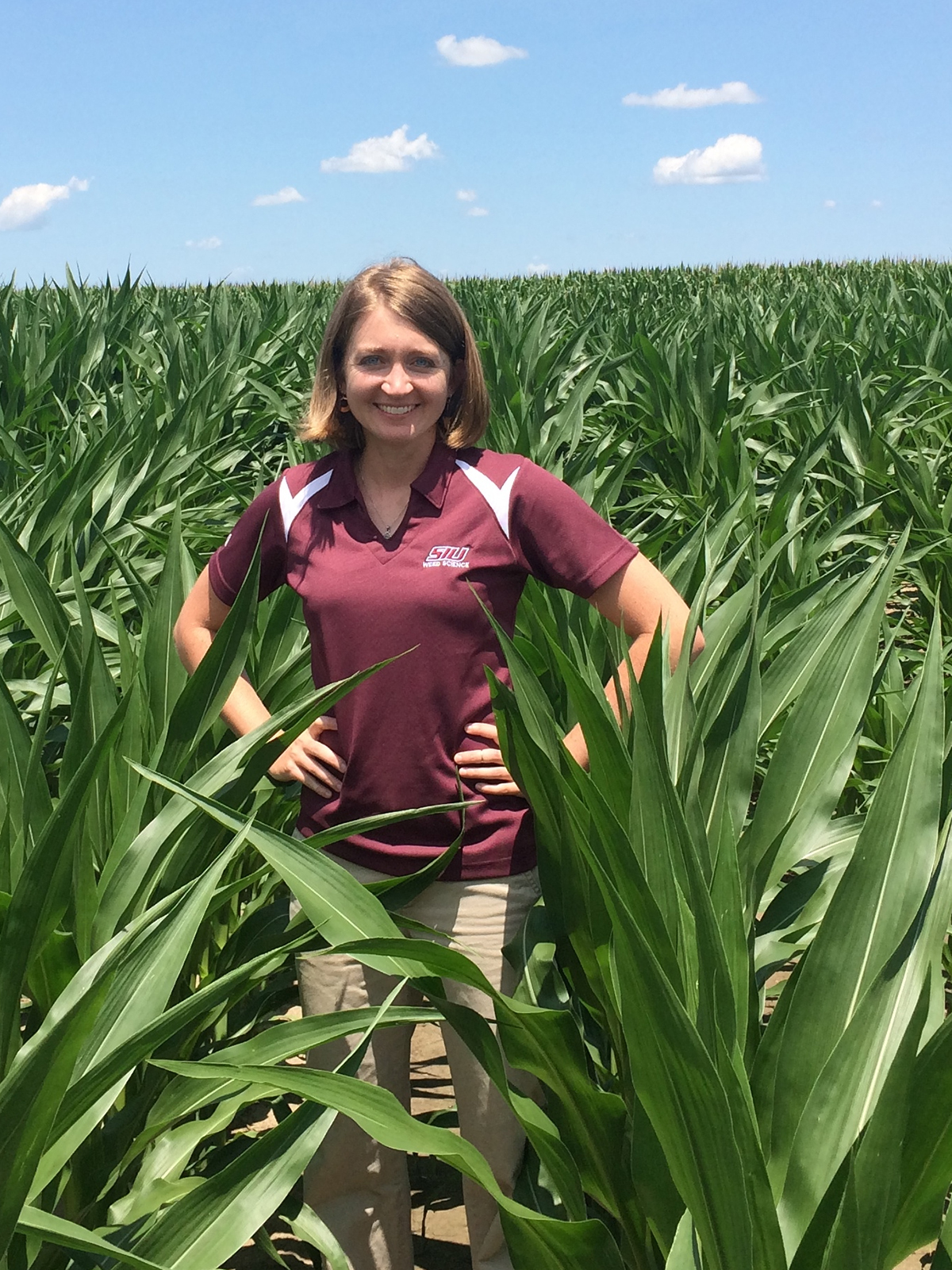Result for: Crops: Corn for grain Corn for silage 4R Practices: Metadata Project
Meta-analysis of Enhanced Efficiency Fertilizers in Corn Systems in the Midwest

Dr. Rachel Cook
Lead Researcher:
Dr. Rachel Cook
Assistant Professor
North Carolina State University
Start Date: 2014
End Date: 2015
Matching Funds
- Dow AgroSciences
Project Summary
The 4R approach to nutrient stewardship has helped develop a better context for driving best management practices in production agriculture. As the agricultural community becomes more involved in exploring the three aspects of sustainability, including the economic, social, and environmental triple bottom line, the 4Rs (right source, right rate, right time, and right place) provide a framework for better management of fertilizer applications.
The exceedingly large number of possible combinations of source, rate, time, and place, even within one cropping system, can make it difficult to compare results from studies located in different regions, with different climate, soils, and accepted management practices. To prevent needless duplication of study parameters and suggest future study directions, the soil fertility and fertilizer community needs to systematically compile what we know in order to move forward in the most efficient manner possible.

